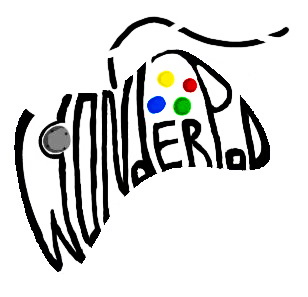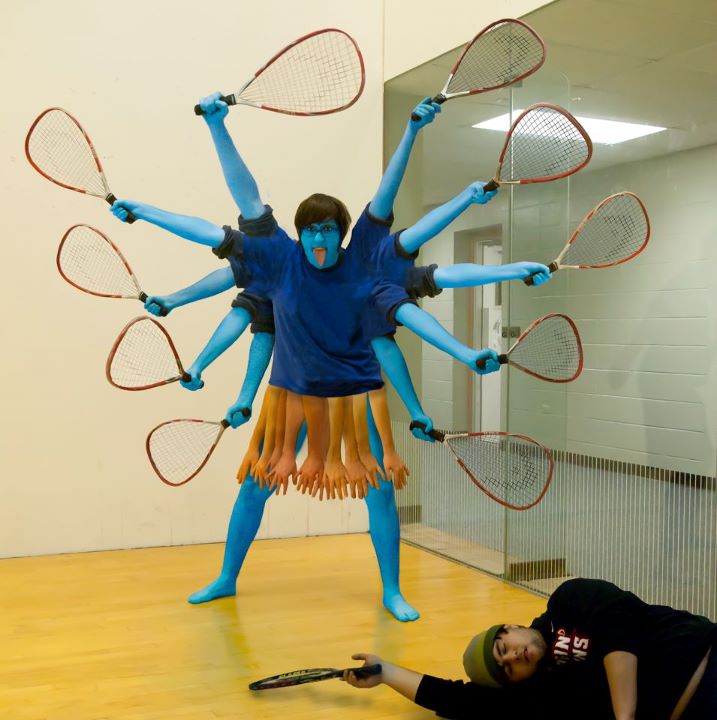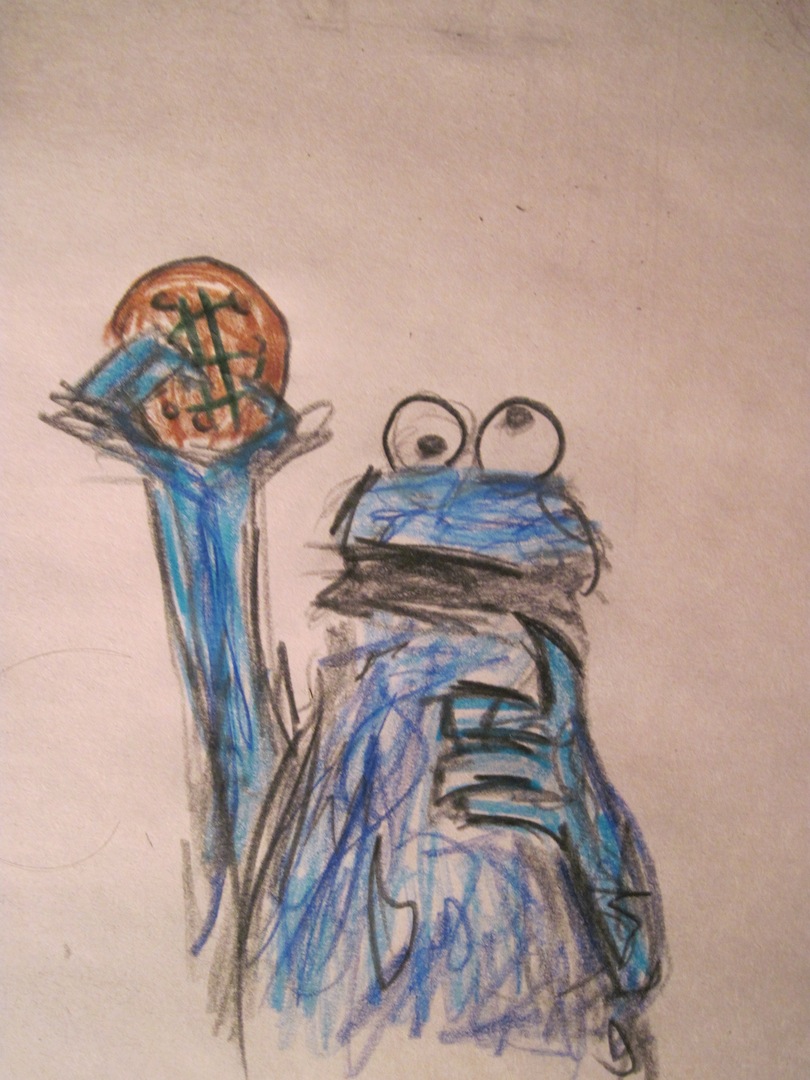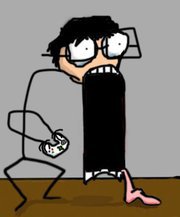As it stands right now, WWE 13 is a solid contender for the crown of “Greatest Wrestling Game Ever Made,” a title that’s been firmly held by WWF No Mercy for over a decade. The mechanics of the game are top notch, but the thing that puts this game over the top is the much-touted “Attitude Mode,” in which the player relives the Attitude Era, from August 1997 to April 1999. And when I say “relive,” I mean it. You experience the highs and lows of a very important time in wrestling history (and dare I say it, pop culture history) in very stunning detail. And through this experience, I came upon a series of conclusions. Conclusions about the wrestling industry, about pop culture, and most importantly, about myself. I would very much like to present them to you right now, if that’s ok.
1) Mick Foley, more than any other wrestler, was the backbone of the Attitude Era
Hindsight is 20-20. And for all of the pomp and circumstance people like Stone Cold Steve Austin, The Rock, and D-Generation X get for the success of the WWF during the late 90’s, Mick Foley, more than anyone else, proved to be the MVP for the WWF. Almost every single match in Attitude Mode involves Mick Foley somehow, including (and especially) some of the most important highlights. The first match you play is Shawn Michaels vs. Mankind. The first feud Steve Austin entered as WWF Champion was against Mick Foley. The first feud The Rock entered as WWF Champion was against Mick Foley. King of the Ring 1998. Mick Foley winning the WWF Championship for the first time, and launching the beginning of the end of the Monday Night Wars. “The Rock: This Is Your Life” being the highest rated segment in wrestling history, hosted by Mick Foley. Simply put, I can’t imagine the Attitude Era succeeding without Mick Foley.
2) The Attitude Era was lightning in a bottle.
One thing that grumpy internet wrestling fans like to complain about more than anything else is how much they miss the Attitude Era. The problem is that the Attitude Era was something that could have only happened in the angry, edgy climate of the late 1990’s. The world has changed considerably since 1998, and while the aggressive, in-your-face, lewd, crude, vulgar approach to promotion and programming was shocking then, it’s simply passé now. Swearing in television and making sexual innuendoes simply isn’t THAT shocking anymore. As well, to rehash the Attitude Era now would be a contradiction of what the Attitude Era stood for: spitting in the face of wrestling tradition and wrestling history, and blazing a new trail. And really, if you think about it, for all of the Attitude Era’s highlights, there were a tremendous amount of ridiculous characters and angles that, I think, pale in comparison to the current product. R-Truth paling around with an imaginary friend is much more entertaining than a wrestling porn star who makes dick jokes, I find.
3) In regards to TV production, Less is More.
One of the things that bothers the hell out of me about the current product is the way it looks on TV. No, not the wrestling itself; the in-ring work today is the best I’ve seen. What I’m talking about is the glossy, high-tech look that the show has. I hate the monstrosity that they call a stage. I hate high definition television. I hate the over-the-top production values. Playing Attitude Mode, I was brought back to a time where the show looked more… simple. The RAW IS WAR set was simple, not garish and flashy like it is now, and it did not make the wrestlers look small and insignificant, like it does now. Basically, scaling back on the production values could help the on-screen look of the show.
4) The Attitude Era didn’t kill Kayfabe, the Internet did.
One of the key components to the success of the Attitude Era was, while it pushed the envelope as far as it could, in all aspects, it still maintained an aura of realism to it; one was still able to suspend disbelief. A big reason why this was possible was that the Internet was still in its infancy. The fans of the Attitude Era didn’t have a constant stream of insider news and backstage reporting to spoil shows and to tear at the realism of the product. I’ll always cherish the moment that Chris Jericho showed up on RAW IS WAR in 1999, because I had NO idea it was going to happen. I literally jumped up and down. Now, I know when any new wrestler is set to debut on the show WEEKS before they do so. And that’s kind of sad for me. I miss the surprise of pro wrestling, the “ANYTHING CAN HAPPEN IN THE WWF” mentality, but it’s no fault of WWE. They try their hardest to keep things under wraps (case in point, the return of Brock Lesnar), but news gets leaked out faster than they can contain it. On top of everything, the embracement of Twitter and Tout has humanized their wrestlers to the point where they lose their “larger than life” vibe. For instance, I am able know what comic book CM Punk is reading right now, what Dolph Ziggler’s stance on abortion is, and that AJ Lee likes Party Cats. This is information I would be better off not knowing.
And finally…
5) I like the WWF/E best when it’s doing terrible in the ratings.
It’s just a strange coincidence. My absolute favourite time in pro wrestling was the Summer of 1997. I LOVED The WWF then. LOVED IT. I loved the Hart Foundation’s war on American Values. I loved the Three Faces of Foley. I loved the build-up to the debut of Kane involving Paul Bearer and the Undertaker. I loved the entire midcard scene. And yet, during this time, the WWF was getting curb stomped by WCW. Fast-Forward to today, and I love the current product. I love every little thing CM Punk does. I love Team Hell No! I love Dolph Ziggler’s enthusiasm. And yes, I love the entire midcard scene. And, once again, WWE is pulling in terrible ratings. And when Austin vs. McMahon raged on, while I still liked the WWF, I found myself enjoying WCW (well, the midcard of WCW anyway) a bit more. What does all of this have to do with Attitude Mode? Well, my favourite part of the mode is the first chapter, the Rise of DX, which takes place in the magical time of Summer/Fall 1997. I like it a whole lot, whereas I find the other two chapters (Austin 3:16 and the Brothers of Destruction) so unbelievably tedious, which mirrors my attitude as a wrestling fan during that time. This, in a way, is a good thing, because they captured the Attitude Era (or at least my perception of it) perfectly.
In short, if you like wrestling games, if you were a wrestling fan at any point during the 1990’s, give WWE 13 a shot. At the very least, the nostalgia value will justify the cost and effort in playing this game.
AL CREED is a pop culture genius, and a fairly capable 8-Bit Artist. Check out his work at AL CREED 8-BIT ART.



 November 7th, 2012
November 7th, 2012  Al Creed
Al Creed  Posted in
Posted in  Logging you in...
Logging you in...
 Loading IntenseDebate Comments...
Loading IntenseDebate Comments...




It's pretty much a dead on solid 5 points here. The interesting elements of timing seem to revolve around the Attitude Era period of the WWF of that period. Whether looking at being on the cusp of beating the WCW in ratings, the growth of the internet, or the counter culture reacting to what mass media deemed as "wrestling."
Furthermore, the idea of production values altering our perception of the guys in the ring not being gritty and, well, "raw." That was the gate to a guy like Foley to lead the charge of the promotion. This review is very well put, and makes me much more interested in the game than I was before.
Well done, sir.
When I see someone like CM Punk or Daniel bryan come through that gigantic eyesore of a stage, it makes them look SO Small.